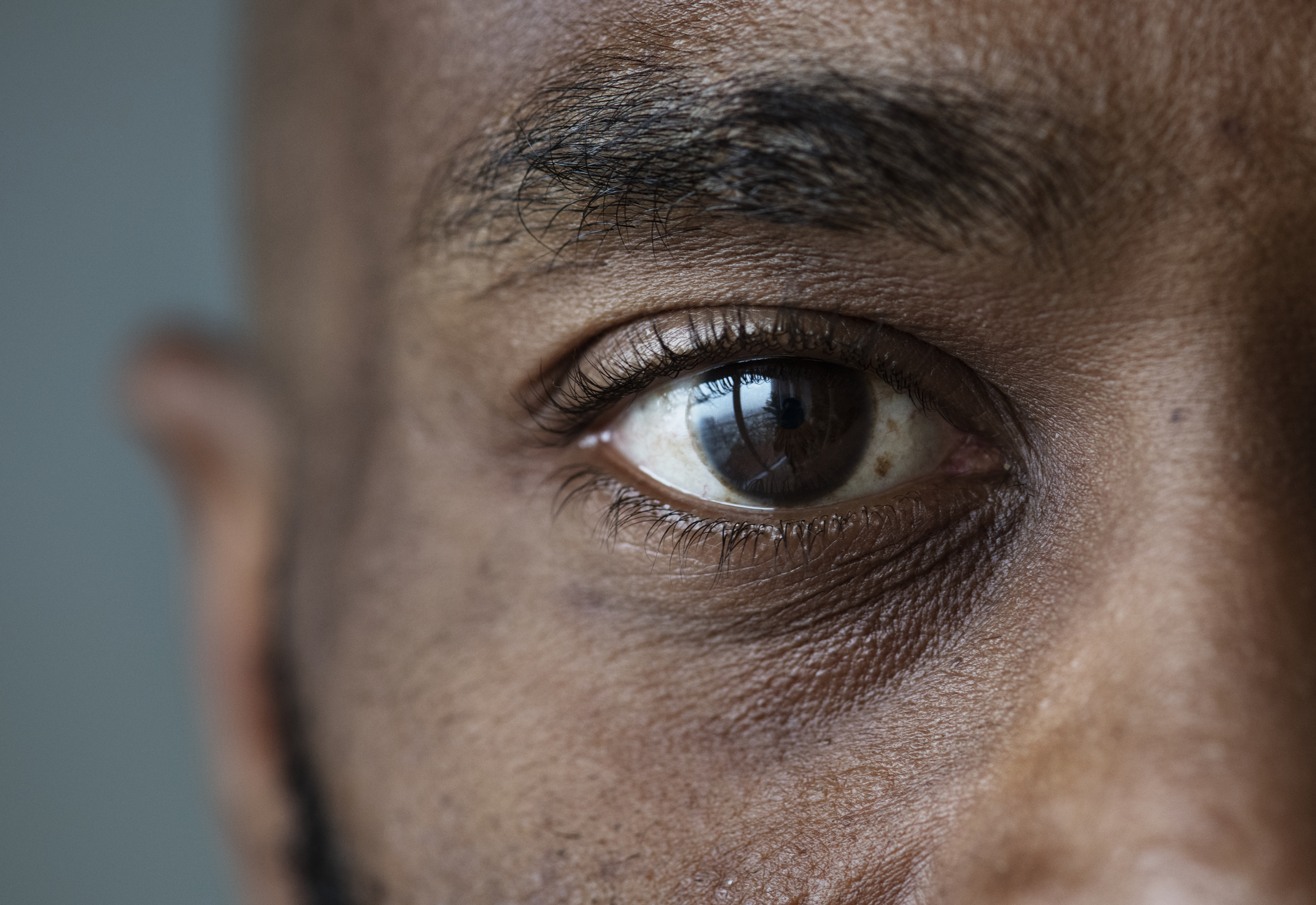
Researchers have achieved a remarkable breakthrough in the development of solar-powered eye implants that could potentially assist individuals suffering from incurable eye conditions. This groundbreaking technology involves using solar photovoltaic panels to power sensors and cameras within the eye.
This innovative solution holds the potential to significantly enhance the lives of people battling vision-related diseases like retinitis pigmentosa (RP) and age-related macular degeneration (AMD). Both of these conditions impact the eye’s ability to process visual information, and unfortunately, there is currently no cure for either ailment.
While the concept of utilizing neuroprosthetics to address vision loss in individuals with RP and AMD is not new, scientists have faced challenges in finding a reliable power source for the necessary sensor chips. However, the use of solar photovoltaic panels may eliminate these concerns, as solar-powered eye implants could sustain themselves.
Solar photovoltaic panels convert light into electricity, making them an ideal energy source for these implants. To effectively stimulate the neurons responsible for translating visual input into recognizable images, multiple solar cells are required to generate sufficient voltage.
By incorporating a small solar panel instead of a traditional charging mechanism, the need for intrusive wires entering the eye is eliminated, resulting in a less obtrusive and noticeable device. While this solar-powered eye implant is currently in the proof-of-concept stage and has yet to be tested in humans, the concept shows promise in addressing the power requirements of such implants.
Researchers have reported successful outcomes by stacking two solar cells on top of each other, indicating promising energy production results. The plan is to continue stacking solar cells to enhance overall efficiency. Combined with advancements in bionic eye technology, these developments could revolutionize the treatment of eye diseases in the future.


